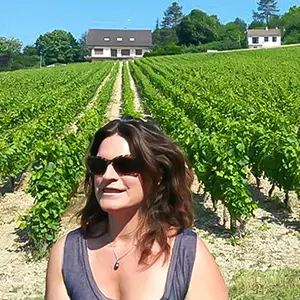Decoding the Region’s Vintnering Secret
For wine enthusiasts, Burgundy wine tours often seem steeped in mystery: alluring, yet a bit intimidating for the uninitiated. Unlike Bordeaux, with its lavish domains and chateaux at the center of a wine-making and tasting culture that is at once prestigious and relatively easy to access, Burgundy wine tours are a journey into a French region where small-scale vineyards and family winemaking traditions stretching back hundreds of years tend to dominate.
Some of the most remarkable cellars and vintners are all but inaccessible to the general public. What’s more, the region counts a dizzying number of exceptional wines, all distinctive and tied to terroirs as small and meticulously cultivated as its bottles are prized. If you’re interested in wine tasting in Burgundy, some careful choices are in order to make sure you scratch beyond the surface– and gain access to its most exclusive cellars and bottles. Burgundy is a treasure trove for anyone interested in wine and wine culture, but it’s also a secretive region that can’t be approached like many others in France. Learning how to make the most of it is essential. With that in mind, here are 5 key mistakes to avoid when embarking on a luxury Burgundy wine tour in Bourgogne.
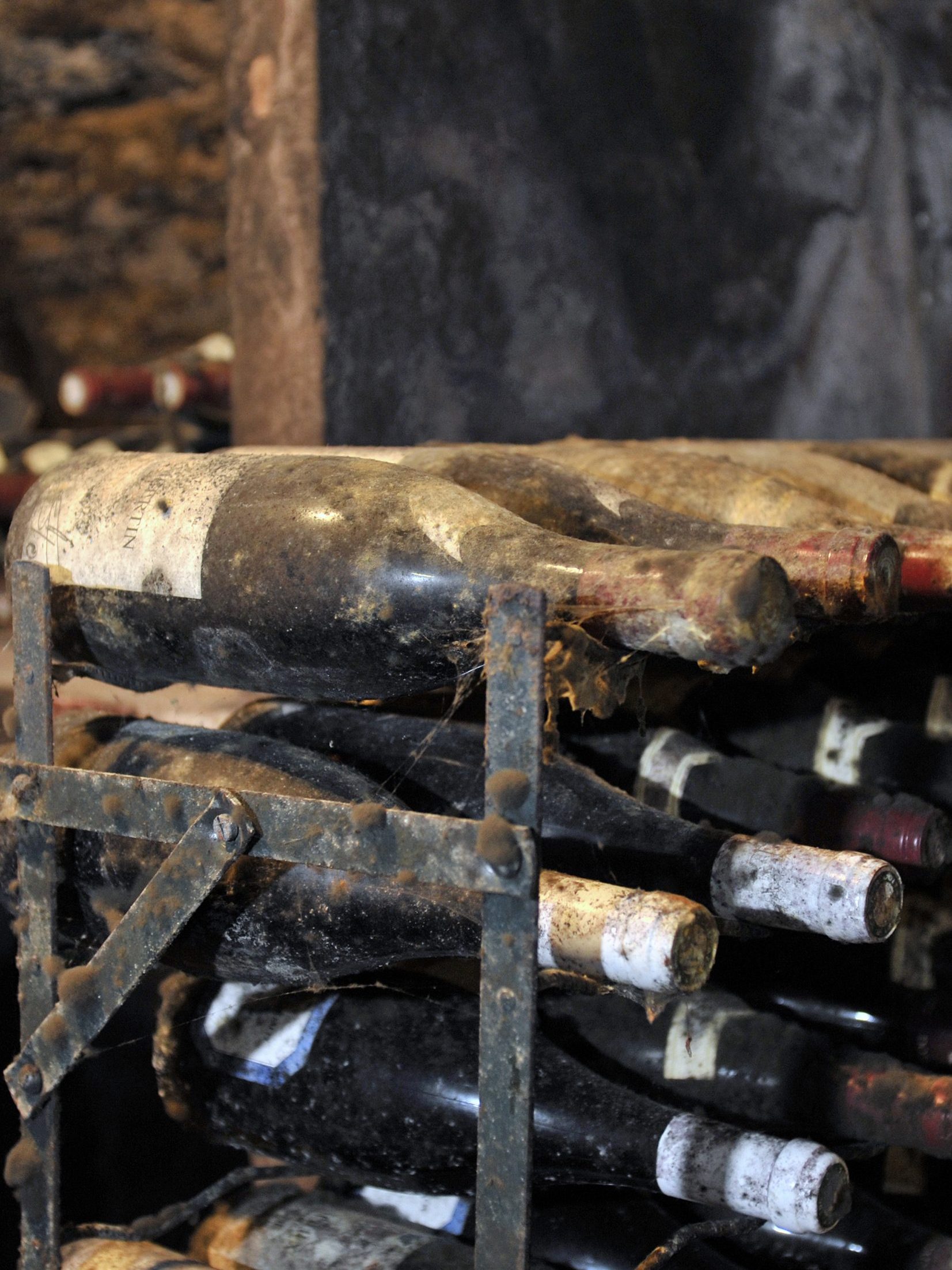

1. Don’t fail to get out into the Burgundy wine tours countryside
One major mistake novice visitors often make when embarking on a Burgundy wine tours journey is missing out on the countryside vineyards and cellars that are generally only accessible by car. Don’t get us wrong: Beaune, the historic capital of Burgundian winemaking, is an absolute must-see, warranting a good two or three days to explore. We would never suggest skipping a thorough visit of this elegant city, whose medieval abbeys established the very treasured winemaking practices and philosophies still practiced around the region today. We especially recommend a private tour and exclusive wine tasting session at the Hospices de Beaune, a 15th-century foundation and former hospital whose colorful glazed-tile roofs and distinctive medieval architecture symbolize the glorious reign of the Dukes of Burgundy wine tours. Anyone who professes to be a serious wine collector should also attend the annual Wine Auction at the Hospices de Beaune at least once in their life: it’s quite possibly the world’s most prestigious. That said, confining your stay to Beaune or the equally marvelous city of Dijon will unfortunately narrow your understanding of the diverse region, and keep you from getting to see some of its less obvious, and sometimes even secretive, cellars. If you really want to experience the heart of Burgundy wine tours culture and history to the fullest, you’ll have to get out into the Burgundy wine tours countryside. Certainly more than any other wine regions, Burgundy wine tours should be decoded with local experts. Thanks to our extensive local network and in-depth knowledge of Burgundy wine tours wines, we will make your journey remarkable.
Most luxury wine tours will begin with an exploration of the Côtes de Beaune, which produces some of the world’s most-prized chardonnay wines, noted for their complexity, richness, and intensity. Wines from the Meursault, Puligny-Montrachet, and Chassagne-Montrachet appellations produce seven out of eight of Burgundy wine tours’s white “grand crus” varieties, making this area particularly coveted by wine collectors. Who has not dreamt of tasting a sumptuous bottle of Montrachet, Chevalier Montrachet, or Batard Montrachet in the middle of the very vines that produce these remarkable wines? The rich history of medieval winemaking is evident in the area; monks at the abbey of Cluny and others divided vineyards into small plots they called “climats,” distinctive for their exposure to sunlight, mineral content, and other properties. These medieval practices continue to deeply inform the “terroir” philosophies that reign in Burgundy wine tours today. Your private tour of the Burgundy wine tours countryside might continue with a scenic and thrilling drive around the Côte de Nuits, the region’s most prestigious and beautiful wine-making area for Pinot Noir, and world-famous for appellations including Vosne-Romanée, Gevrey-Chambertin (which itself alone produces 9 grands Crus), Chambolle-Musigny, Morey-Saint- Denis, Vougeot, and Nuits-Saint-Georges. You might embark on a tour on board a vintage 2CV car and roam through the area’s coveted vineyards, passing through these mythic wine-making villages. The vineyards here, which extend for 60 miles from Dijon in the north all the way south to the Nuits Saint Georges, generally grow on unusually steep hills, or “cotes,” which gives the wine-making area part of its name. Burgundians attribute the distinctiveness of the exceptional wines and grands crus produced here to their particular geographical conditions. Some of the smallest appellations, prized by wine lovers worldwide, are made here. These include the rare La Romanee, fully owned by Domaine du Comte Liger-Belair, whose vineyards measure less than a hectare—the world’s smallest! Mass production rarely rhymes with luxury and prestige, after all.
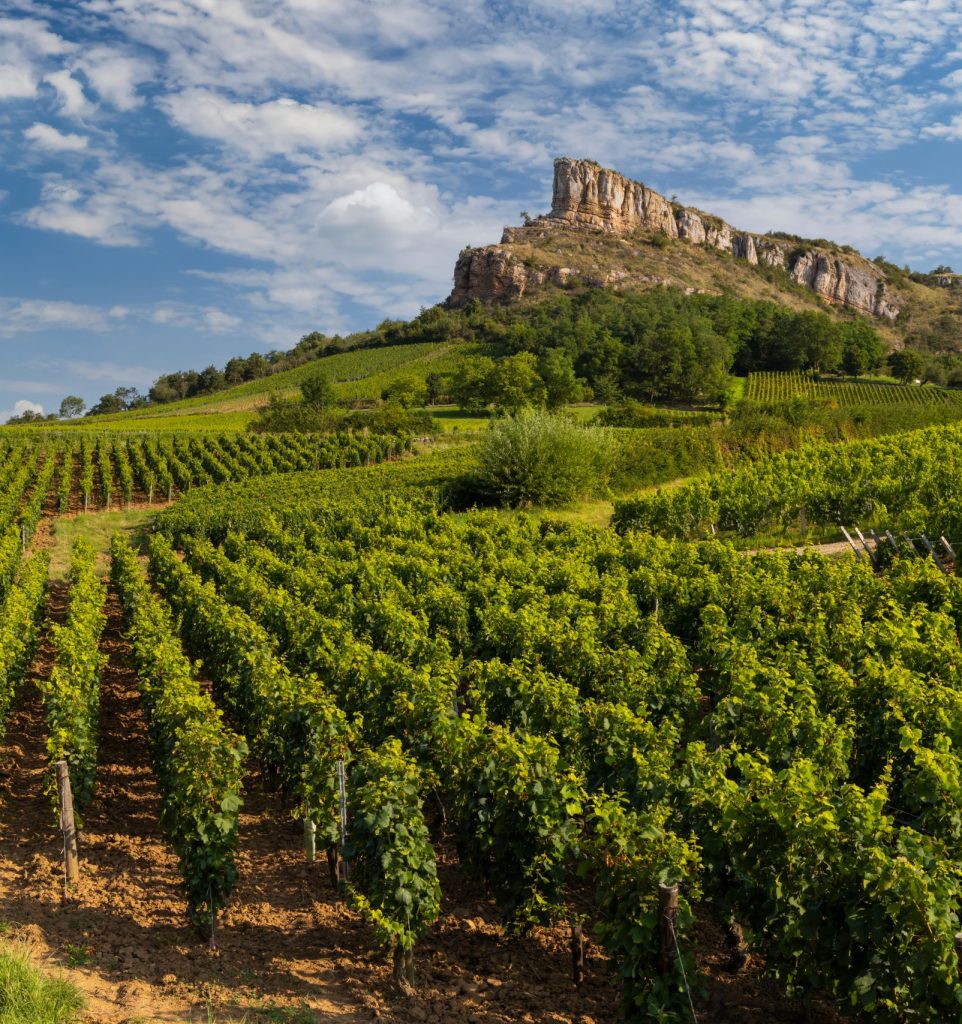
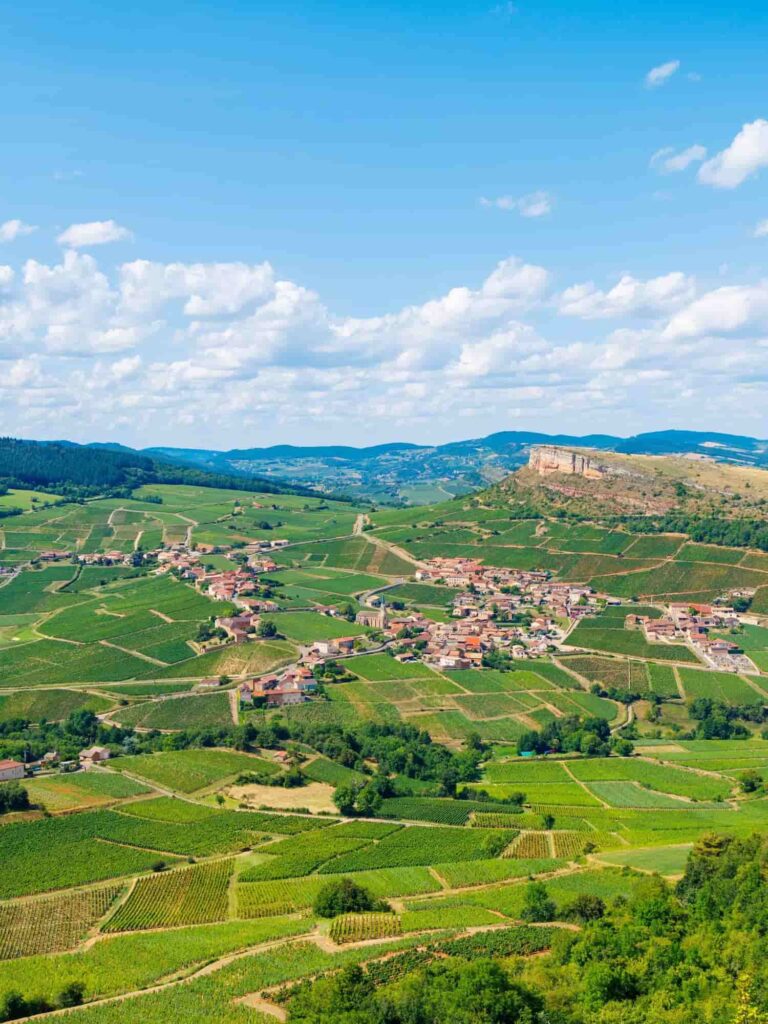
A private wine-tasting excursion in the Cote de Nuits would almost certainly include a stop at the Romanée-Conti vineyard, which produces the most expensive wine in the world. The Domaine de la Romanée-Conti, without question the most famous estate in Burgundy wine tours, if not the world, responsible for producing some of the globe’s finest Burgundian grands crus, from the single white Montrachet to six distinctive reds (Romanee-Conti, La Tache, Romanée St. Vivant, Richebourg, Grands Echezeaux, and Echezeaux). Although not especially easy to access, a private wine tasting or workshop in the midst of these legendary vineyards is a memorable and educational experience in its own right. It is simply essential for anyone wishing to truly understand the vintnering culture of Burgundy wine tours.
Another essential stop in the Cote de Nuits area are the castle and vineyards of the Clos de Vougeot, once tended by the monks of Citeaux, who established vilification traditions in the 11th century still prized today. The breathtaking chateau and surrounding countryside are one of the most singularly charming sites in Burgundy, and the history of the region’s winemaking practices comes alive here. It is now owned by the Confrerie des Chevaliers du Tastevin, which brings together Burgundy wine lovers throughout the world. Members gather around festive black tie tasting dinners: this is another must for any Burgundy wine enthusiast. In addition to these major sites, there are many more remarkable places around Burgundy to explore, including smaller, lesser-known producers rarely encountered by visitors. Embarking on a private wine tour with us will unlock some of these jealously guarded cellars for you, and allow you to meet some of the most acclaimed Burgundian vintners.
2. Don’t try to see (or taste) too much.
A second major mistake made by first-time visitors to Bourgogne? They try to cram too many tastings, vineyards and cellar tours into a short trip. Sure, your ambition of tasting every Burgundian grand cru you can get your hands on is understandable, and your passion admirable. And it’s certainly not out of the question to envisage a private tour of the region that has you see the major cities and appellations over 4 or 5 days: perhaps a day in Beaune, followed by a day enjoying exceptional and private tastings in the Cote de Beaune, followed by a day in the Cote de Nuits, and another exploring Dijon and environs. But if you only have 24 or 48 hours in Burgundy, it wouldn’t be wise to rush around from cellar to cellar in hopes of ticking off all the boxes or tasting every prestigious wine recommended by Decanter.
An authentic encounter with the wine-making culture here means taking time to really savour the wines you taste; to allow yourself to be drawn into conversations and to build rapports with the winemakers, and to learn from their incredible passion and savoir-faire. You’re much more likely to come away feeling as if you’ve “cracked” the mysteries of Bourgogne wine-making, if you slow the pace down a bit, and settle on one area and up to two cellars a day. Skimming the surface and rushing around from one tasting to the next won’t initiate you, moreover, to the oh-so-French art of taking one’s time, of relishing in the luxurious art of “slow living”.
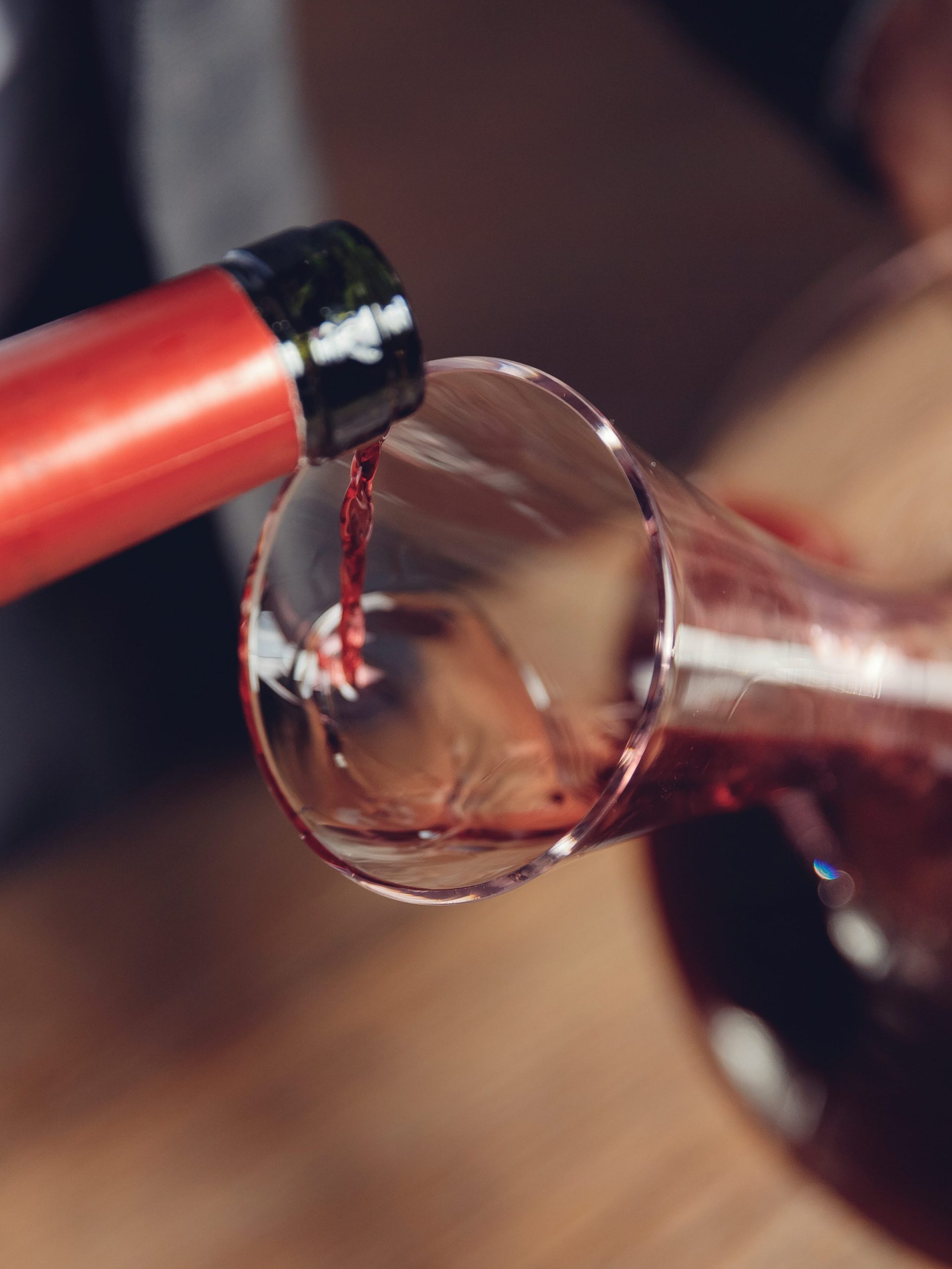
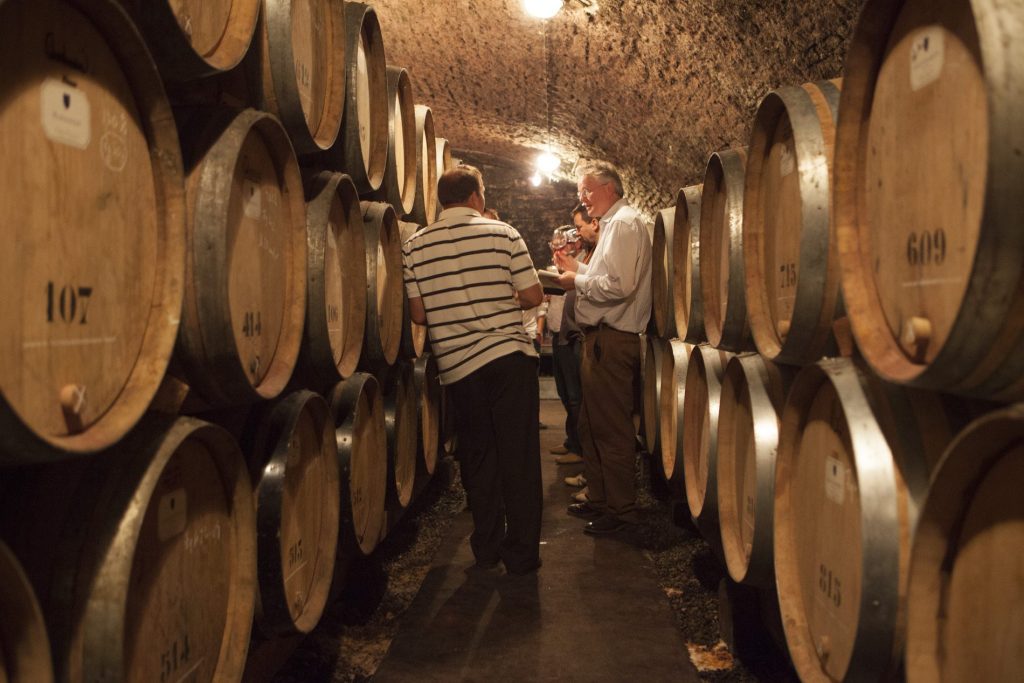
3. Don’t neglect to learn about the terroirs.
Les Brulées, les Charmes du dessous, les Beaux Bruns, les Bressandes, le Charlemagne… these curious names in fact refer to minute plots of Burgundy vineyards, and reveal the history and the secrets of their remarkable wines. This notion of the “terroir” is a complex and rather poetic one, and as such can be a bit daunting for wine amateurs. Yet it’s also a fundamental part of Burgundian wine culture: in no other region does it play such a large part in cultivation and vinification practices. The 1,247 climats or terroirs of Burgundy are so precious that they have been listed as a UNESCO World Heritage site. The small-yield vines grown in the Cote de Beaune and the Cote de Nuits areas produce wines whose characteristics, nose and flavour are incredibly distinctive, owing to the subtle geographic conditions, soil quality/minerality, positioning in relation to the sun and other factors that come together to define a given “climat”.
Although only two varieties of grape are used to make Burgundy’s exceptional wines– Chardonnay for whites and Pinot noir for reds, the diversity of characteristics and flavours is astounding among the different appellations. Learning about the history and philosophy of the terroirs will go a long way in helping you to understand how much of an art form winemaking is in Burgundy. While it’s certainly not a philosophy shared by all vintners around the world, those whose wines reign in Burgundy believe le vin is much more than chemistry and agriculture: it’s a form of poetry, deeply connected to the land. In your private encounters with these extraordinary vintners, you will learn more about their practices and their passionate conviction that upholding the character of a particular “climat” represents the heart and soul of what they do.
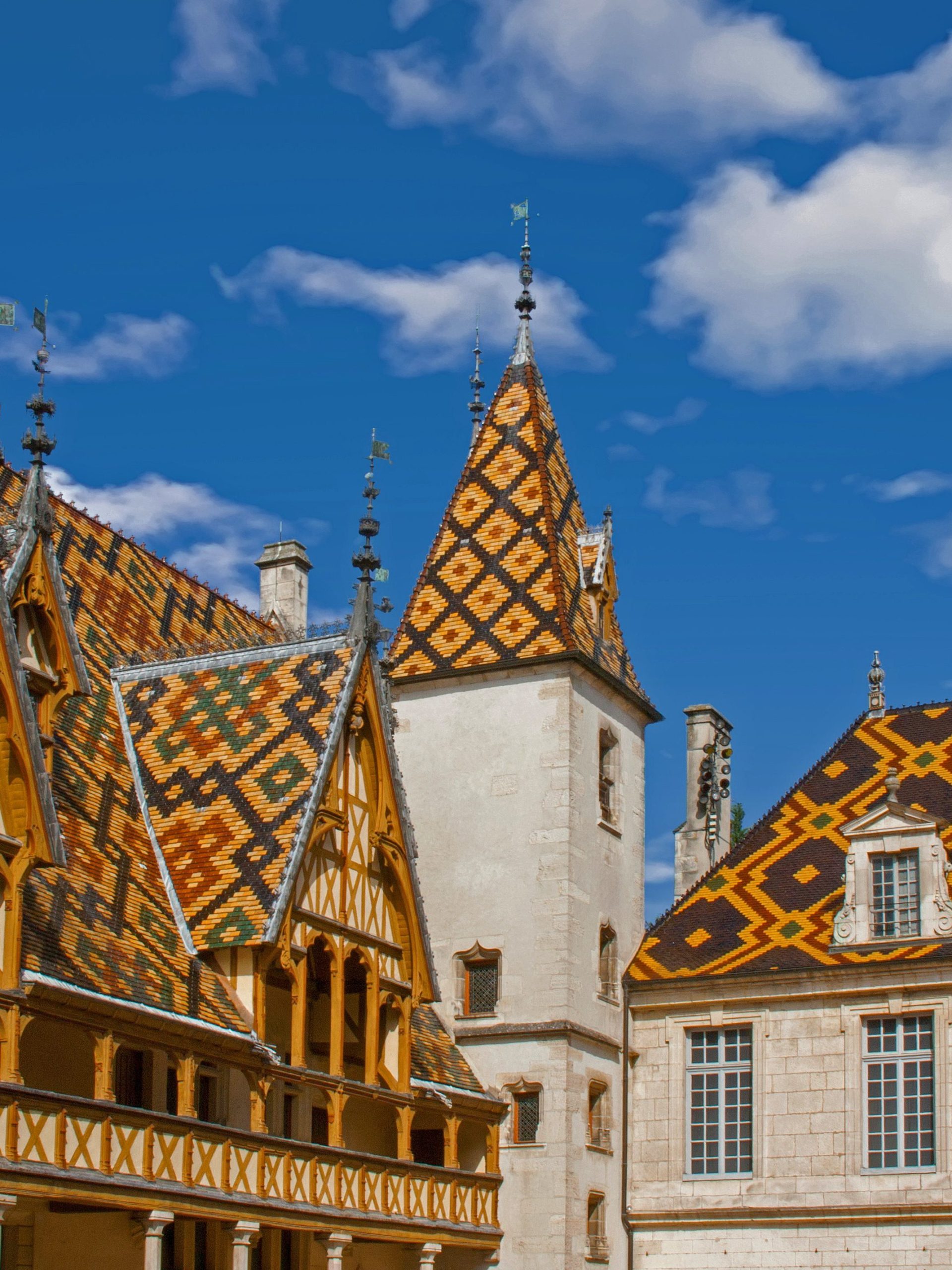
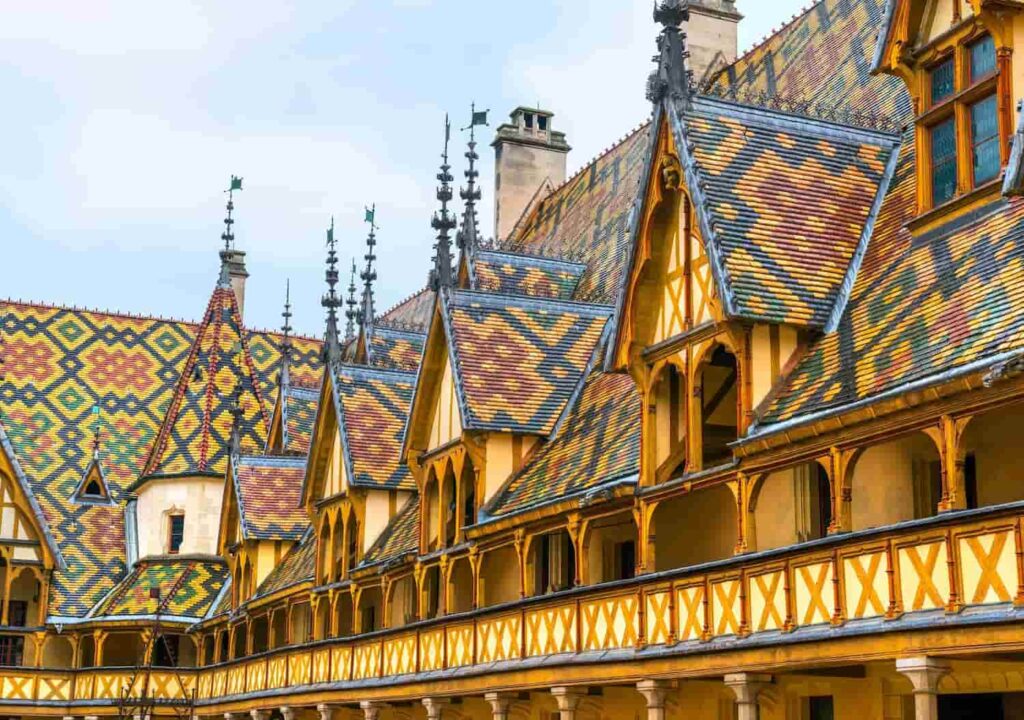
4. Don’t make it all about the wine.
Wine is certainly the heart and soul of Burgundy, but to truly appreciate the region and encounter it in an authentic and rounded way, try to incorporate some cultural exploration, gastronomy and discovery of the region’s other specialities into your stay. For architecture and art, the aforementioned Hospices de Beaune is obviously essential. Touring the former hospital or “Hotel Dieu”, you’ll learn not only about the history of the region’s Ducal power structure, but also encounter some magnificent medieval art, and gain insight into the building’s centuries-long history as a place of refuge and rest for the ill and the poor. Established in the 15th century after the 100 Year’s War, the hospital represents a place of rehabilitation and peace following a period of terrible human loss.
Exploring the beautiful adjoining vineyards and tasting its own wines is in order too, of course. Meanwhile, Dijon also offers some remarkable architecture and culture, including intact 13th century medieval buildings and the magnificent Saint Benigne Cathedral. Exploring the former abbeys of the Burgundian countryside, including the Clos de Vougeot, is essential if you want to gain a greater understanding of the region’s winemaking history. Gastronomy and fine local food is also something you should make time to experience on any luxury getaway in the region. While in Beaune or Dijon, you might sample some delicious Boeuf bourguignon, gently cooked in red wine and select spices, and enjoy fine local specialities such as pain d’epices (gingerbread), escargot, or another signature Burgundian dish, œufs en meurette (poached eggs in a rich red wine sauce). You should also ask your guide to make suggestions for dining at some of the region’s most renowned gourmet tables, which offer innovative twists on local specialities.
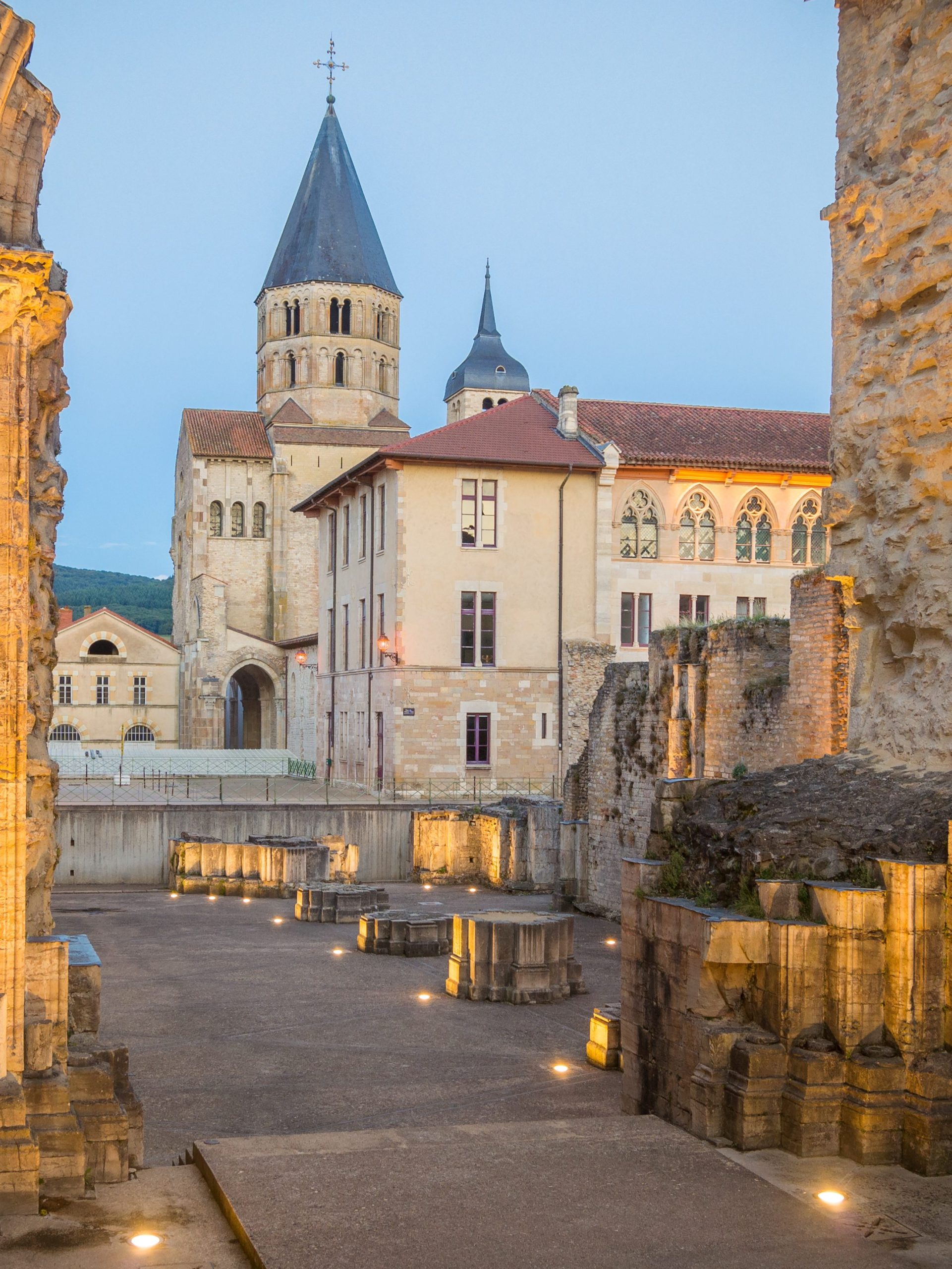
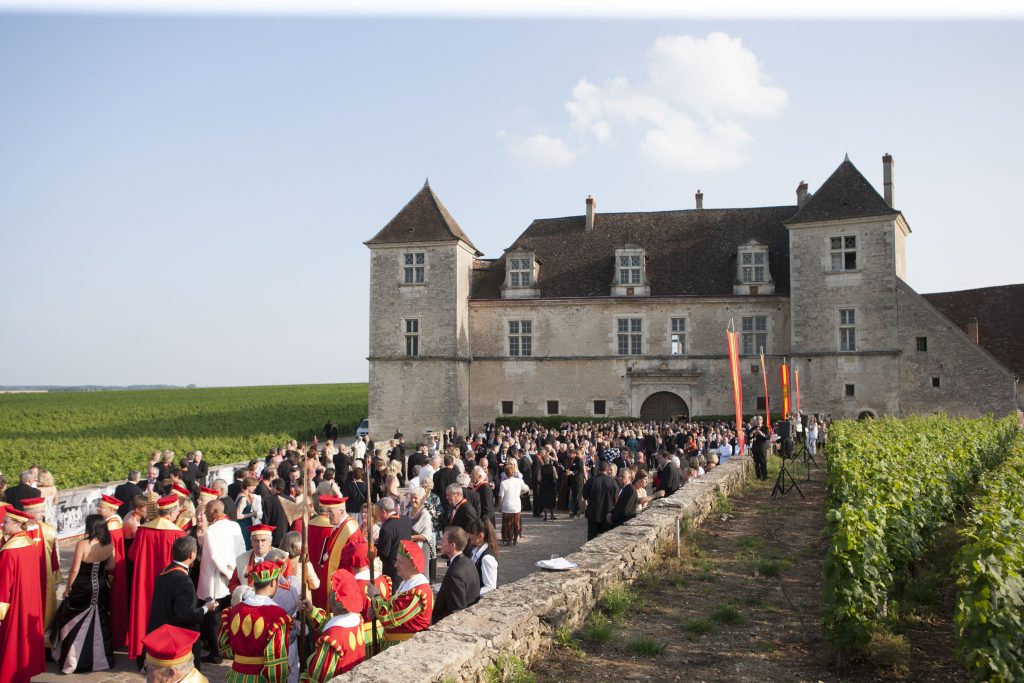
5. Don’t attempt to go it alone.
The last major mistake to avoid when planning a wine-tasting trip to Bourgogne? Don’t attempt to go it alone. As mentioned earlier, Burgundian wine culture is not one that’s as readily accessible as ones elsewhere in France: secretive and confidential, part of what makes the region so special is that it jealously guards many of its winemaking secrets. To even begin to get beyond the surface and understand the carefully preserved traditions that info the production of Burgundy’s finest bottles, having the expertise of a local private guide is absolutely essential. It’s true that anyone can rent a car and attempt to visit some wineries on their own.
But many of the major estates, as well as the smaller, independent and family-owned cellars in Burgundy, don’t generally open to the public. Unfortunately, you’ll need to be well connected to access some of these treasured, secretive wineries and to meet the impassioned vintners behind some of the world’s most-prized bottles. Thanks to our familial connections and our in-depth knowledge, we will be able to arrange private visits in many of these cellars, making your trip truly exceptional. We have the relationships and know-how that will make all the difference, ensuring you encounter the region in a truly authentic way, not to mention get your hands on some truly outstanding wines. If you’re convinced that luxury Burgundy wine tours should be part of your next trip to France, get in touch with us– we’ll unlock the region’s wine-tasting secrets for you.


